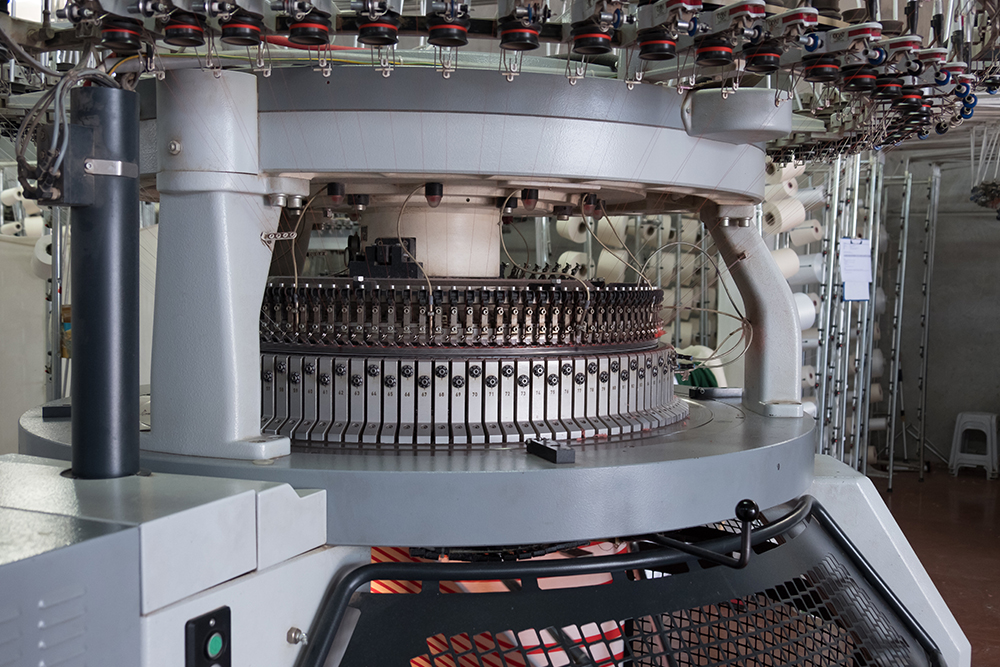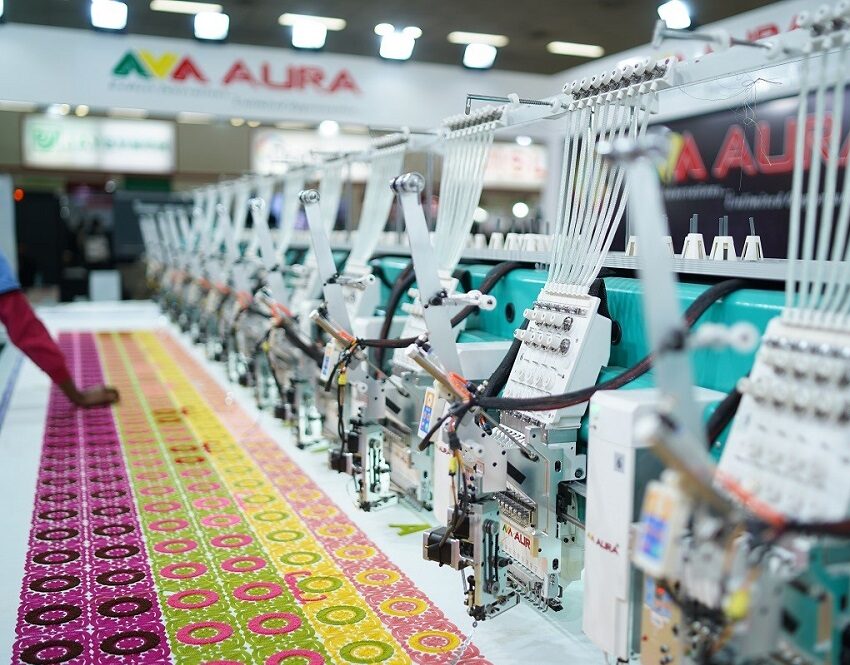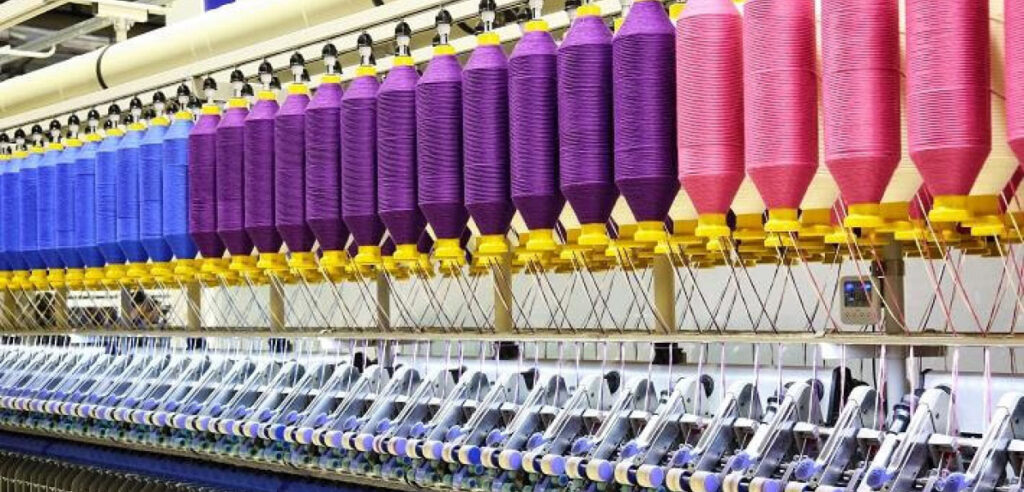Modern Textile Instruments have undergone a significant transformation in the past few years due to the advent of technology and the need for efficiency. The use of advanced software and machinery has revolutionized the textile industry, making it more sustainable and cost-effective. This article will explore the latest innovations and advancements in Modern Textile Instruments, including examples of how they have improved the production process and the quality of textiles.
Introduction:
Modern Textile Instruments have come a long way since the days of manual weaving and spinning. The textile industry has embraced new technologies that have enabled it to increase efficiency, reduce costs, and improve the quality of textiles. In this article, we will explore some of the latest innovations and advancements in Modern Textile Instruments that are driving the industry forward.

Automation and Robotics:
Automation and robotics have transformed the textile industry in recent years. Modern Textile Instruments, such as automated looms and robotic sewing machines, have made the production process faster and more efficient. For example, automated looms can produce fabrics with high precision and consistency, while robotic sewing machines can stitch garments more quickly and accurately than human operators.
Digital Printing:
Digital printing is another area where Modern Textile Instruments have made significant advancements. With the use of advanced software and digital printers, textile manufacturers can produce high-quality prints on a variety of fabrics. This has opened up new opportunities for customization and personalization of textiles, allowing customers to create unique designs and patterns on their clothing.

Smart Textiles:
Smart textiles are another area where Modern Textile Instruments have made significant strides. With the use of sensors and other advanced technologies, textile manufacturers can produce fabrics that can monitor vital signs, track movement, and even adjust to changes in temperature. These textiles have a wide range of applications, from healthcare to sports and fitness.
Sustainable Textiles:
Sustainability is an increasingly important consideration in the textile industry, and Modern Textile Instruments are playing a key role in making textiles more environmentally friendly. Innovations such as recycled fibers, waterless dyeing, and biodegradable fabrics are reducing the industry’s carbon footprint and helping to create a more sustainable future.

Conclusion:
In conclusion, Modern Textile Instruments have undergone a significant transformation in recent years, thanks to advancements in technology and the need for sustainability. Automation and robotics, digital printing, smart textiles, and sustainable textiles are just a few examples of the innovations that are driving the textile industry forward. As these technologies continue to evolve, we can expect to see even more exciting developments in the world of textiles in the years to come.

Leave a Reply